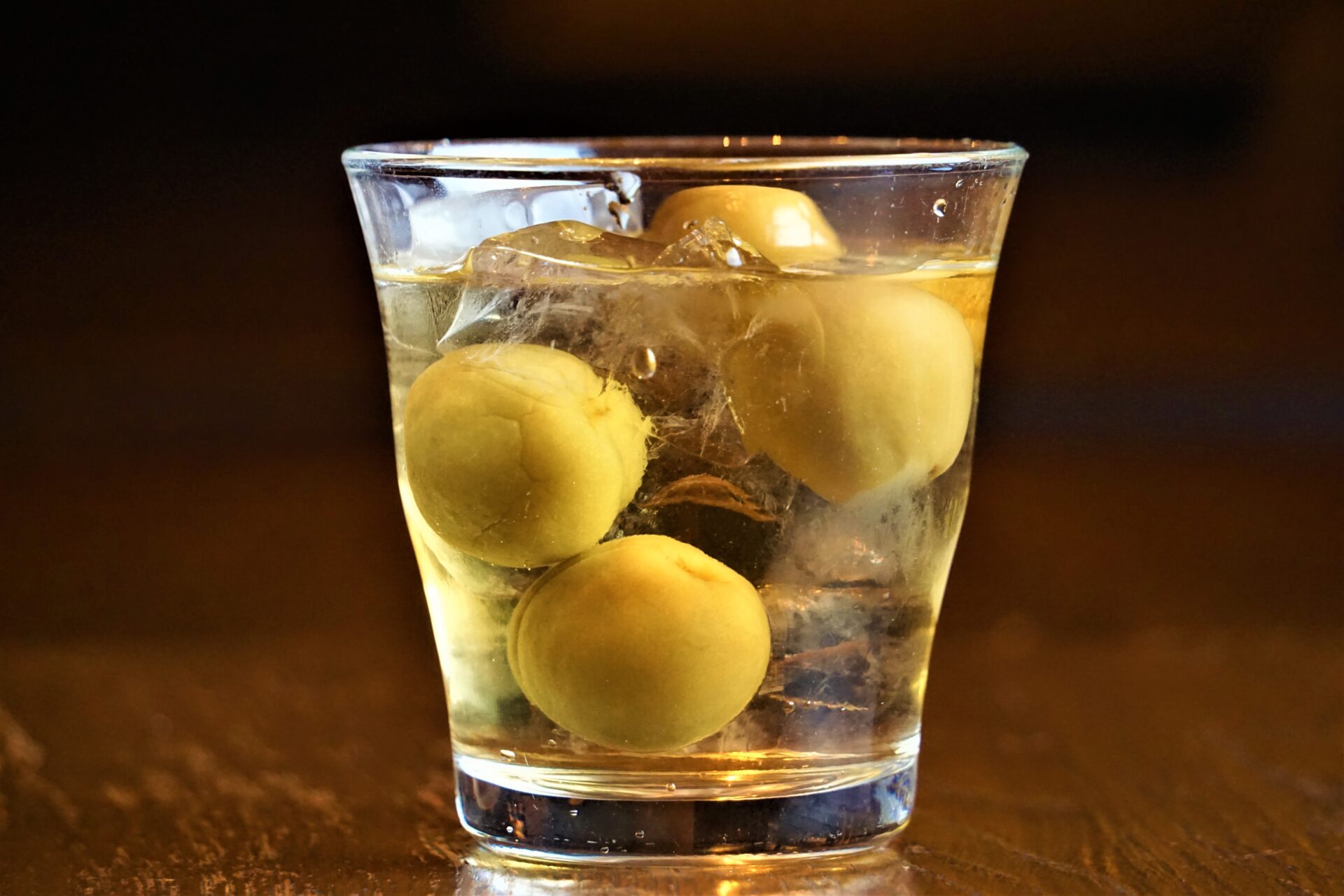Kyoto is a real treasure trove full of world-famous attractions as well as more hidden gems. You can easily fill multiple days with beautiful sights without seeing the same place twice, so if you have limited time in Kyoto, you will have to make choices. Is the Kyoto Gyoen that includes sites like the Imperial Palace and the Sento Imperial Palace worth adding to your Kyoto itinerary? We wholeheartedly say ‘yes’, as the grounds of Kyoto’s Imperial Palace and the surrounding garden contain multiple interesting structures that are worth seeing. Let’s learn more about the history of the palace and garden, and what you can see and experience here!
History of Kyoto Gyoen and Kyoto Imperial Palace
Kyoto Gyoen is a large green park in the middle of Kyoto that is not only a garden, but it also contains several imperial properties: the Kyoto Imperial Palace where emperors in function lived, the Sento Imperial Palace where retired emperors lived, the Site of Kaninnomiya Residence where the Kaninnomiya branch of the Imperial Family used to live, the Shusui Tea House that was built 200 years ago to entertain guests and where they still hold tea ceremonies, and the Kyoto State Guest House where important guests of the city and country have been accommodated since 2005.
The Imperial Palace has been located in this area since the 11th century, after the residence of the Imperial Family was officially moved from the Heian Palace to what was at that time the location of the temporary residence that was built by the powerful Fujiwara clan for the Imperial Family. The surrounding Kyoto Gyoen has its roots in the early Edo Period, when the estate was developed to house important court nobles near the Imperial Palace. These residences were removed in the Meiji Period which is when the park took its present form. The palace building has been destroyed by fire many times, and the palace that you can see today was built in 1855. It was built to reflect the style of the original Heian Palace. The garden is also amazingly wonderful and you will find the famous cherry blossom tree and citrus tree the emperor planted. The Imperial Palace was used for the enthronement ceremonies of the Taisho and Showa emperors, and now these ceremonies are held in the Tokyo Imperial Palace.
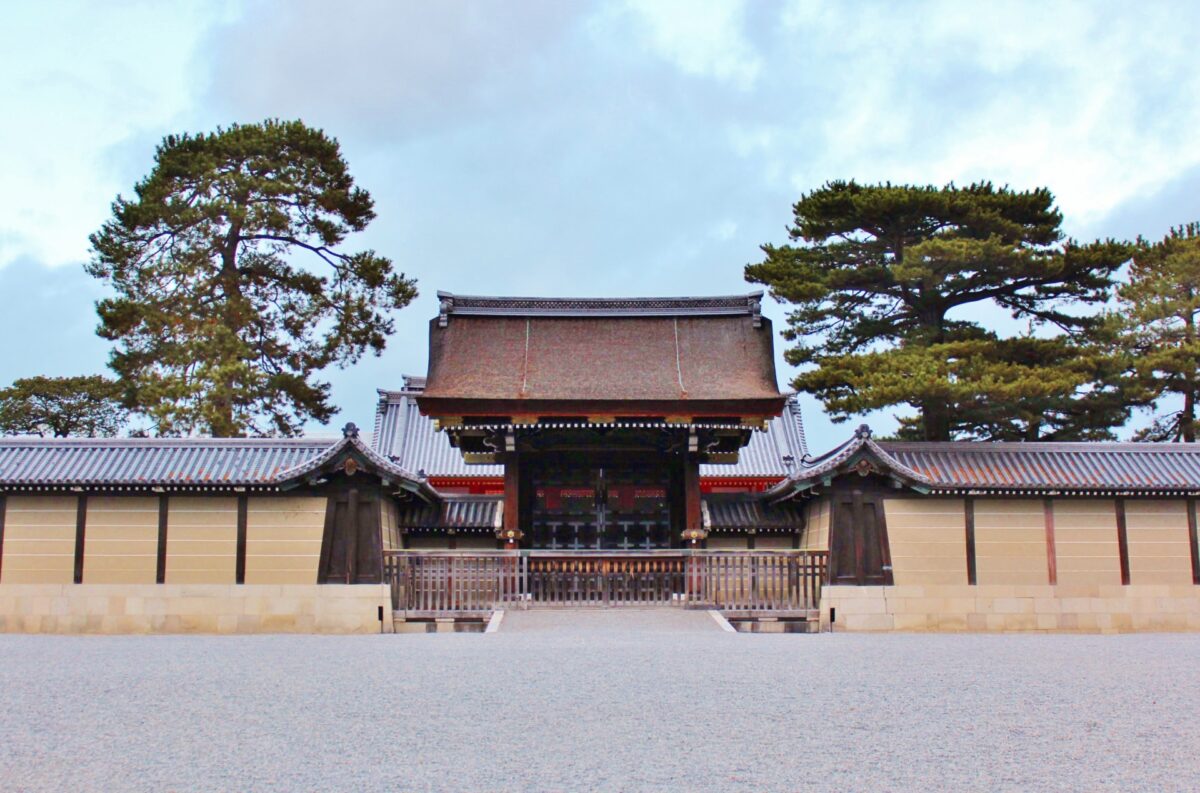
Sento Imperial Palace
The Sento Imperial Palace is a separate building that is located south-east from the Imperial Palace. While recently almost all Japanese emperors have stayed in their function until the end of their life (with the last emperor Akihito as a notable exception), it used to be more common for emperors to retire before they died. Retired emperors needed to move out of the Imperial Palace and into the Sento Imperial Palace which is conveniently located in the same park as the Imperial Palace. The Sento palace was originally built in 1630, it unfortunately burned down in the mid-19th century and a new structure called Omiya was built in its place. Nowadays, members of the Imperial Family stay in the Omiya on their trips to Kyoto. If you are interested in Japanese gardens and visit Kyoto, of course, there is no reason you miss this beautiful garden! The view from its wonderful tea room is amazing and worth visiting.
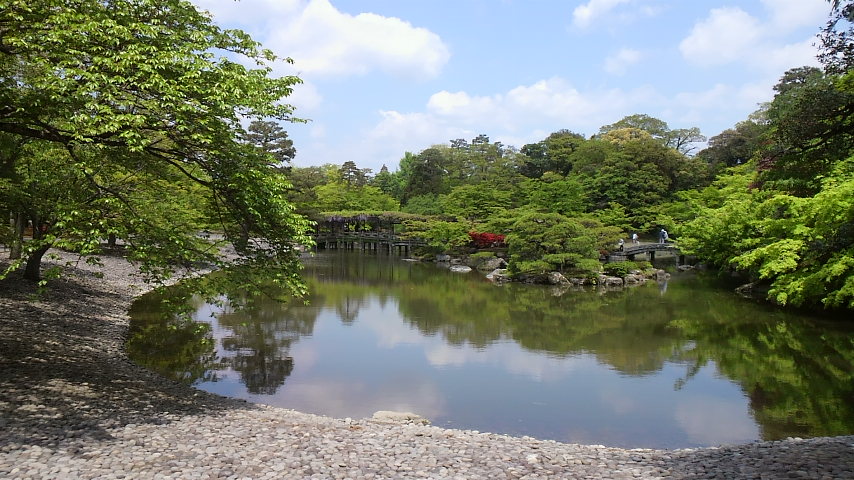
Festivals in Kyoto Imperial Palace
Every year, two large festivals are held in the Kyoto Gyoen; the Aoi Matsuri on May 15th, and the Jidai Matsuri on October 22nd.
Aoi Matsuri
The Aoi Matsuri is one of the 3 largest festivals in Kyoto. Floats are paraded through the streets accompanied by traditional chanting and merriment. It is called Aoi festival because the traditional decoration on the floats is that of Aoi leaves (a type of wild ginger) which is the family crest of Tokugawa family. In this festival, we can see the sacred event named “YABUSAME” or shooting arrows from a horseback.
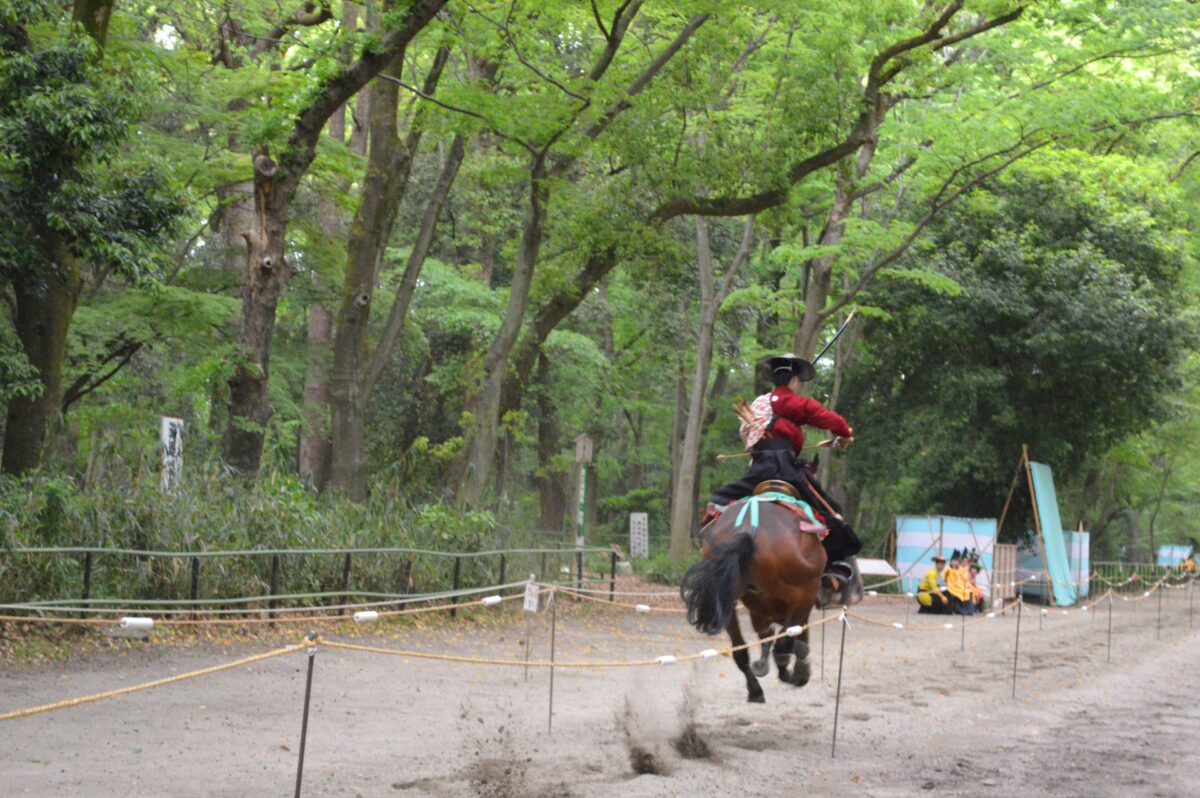
Jidai Matsuri
The Jidai Matsuri is also one of the 3 largest festivals in Kyoto, and during these festivities a parade of 2000 people wearing Japan’s traditional costumes ranging from those of the 8th until the early 20th century. This festival shows how Kyoto has developed. And if you are interested in traditional Japanese clothing, this is a very interesting festival to see. Please note that both festivals are subject to postponement in the event of rain.
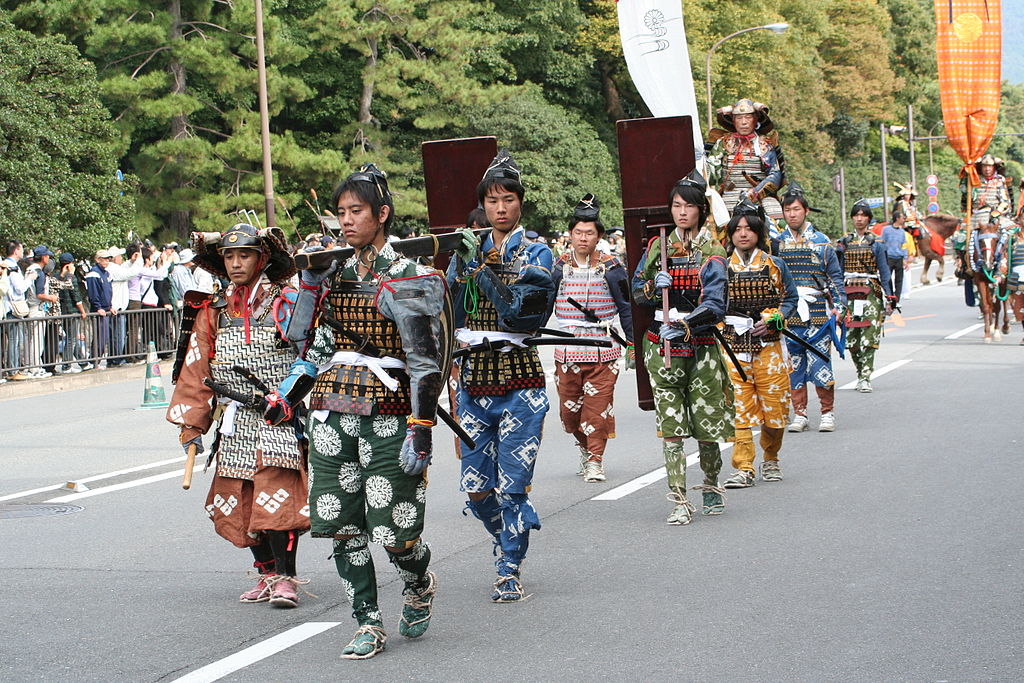
How To Visit Kyoto Imperial Palace
While the garden can be freely visited at any time without paying an entrance fee, some of the structures inside require an advance reservation and/or an admission fee. Here is an overview of how and when you can enter the different structures.
- The Kyoto Imperial Palace can only be visited in a tour that needs to be reserved. The tour is free of charge.
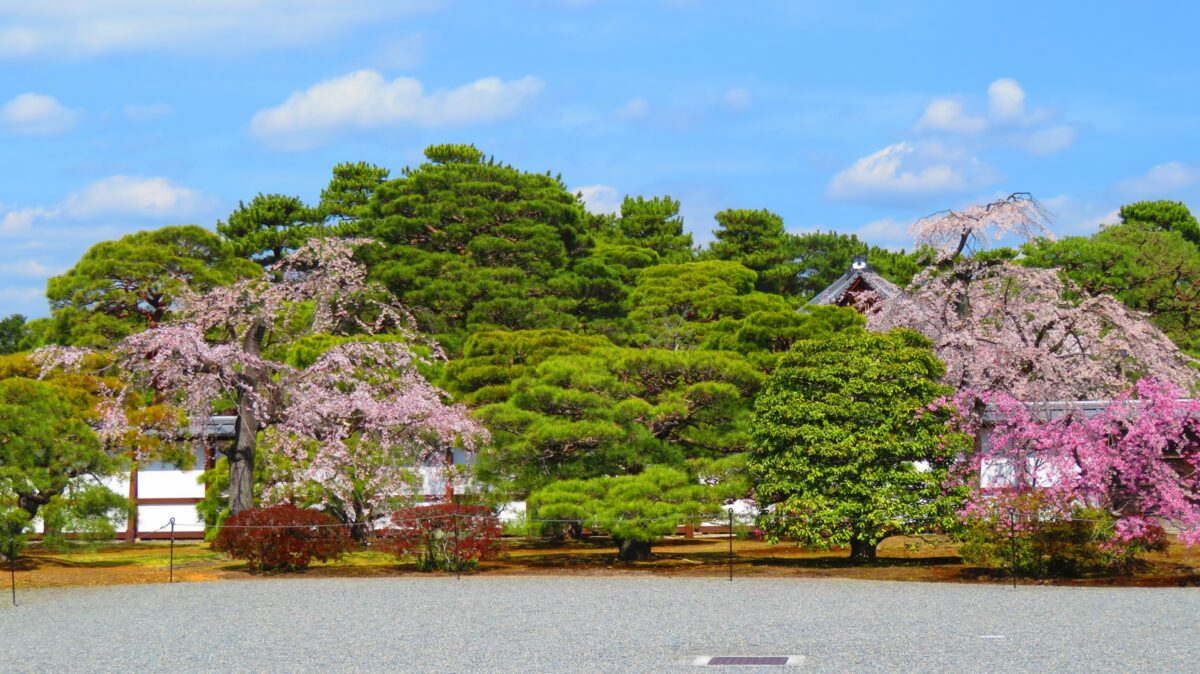
- The Sento Imperial Palace (garden visit) can only be visited in a tour that needs to be reserved. The tour is free of charge.
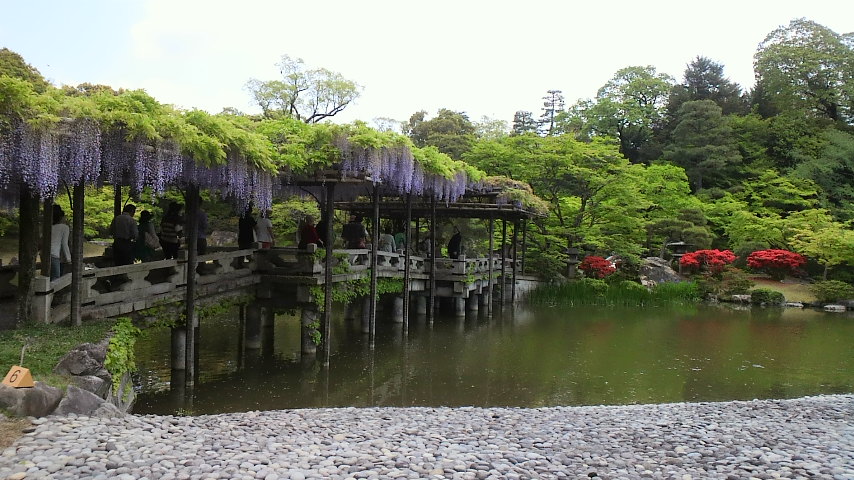
- The Kyoto State Guest House can be visited if there are no guests staying for 1500 yen per person. You can check their website for their schedule.
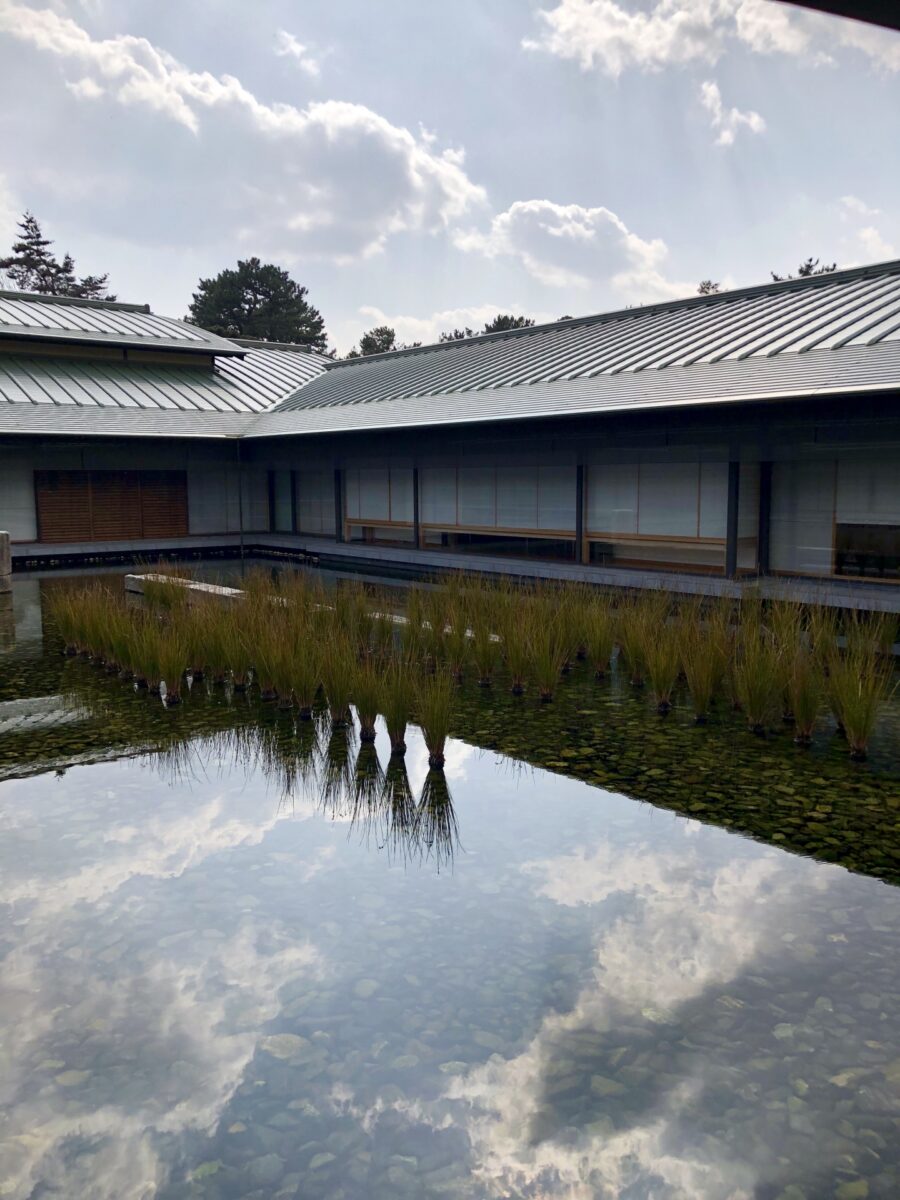
- The Site of Kaninnomiya Residence is free to visit and there is no admission fee.
Opening hours: 9 am – 4 pm (closed on Monday)
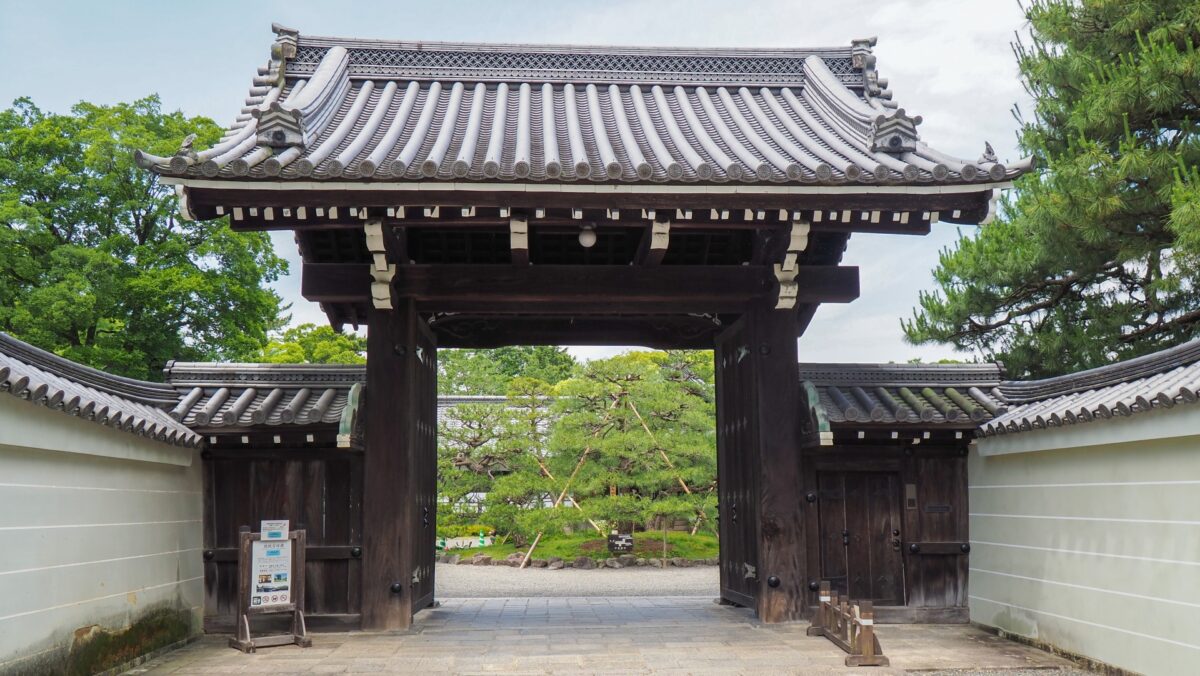
- The Shusui Tei can be visited during opening hours for 100 yen per person.
Opening hours: Thursdays, Fridays, Saturdays, and festival days between 9.30 am – 3.30 pm

Besides the above-mentioned places of interest, in the garden itself you can enjoy a forest library, the Demizu water stream (you can enter it during the summer, a plum grove (blooming between mid-February to mid-March), a peach grove (blooming between mid-March to mid-April), and cherry trees (blooming between mid-March and early April).
Traveling in Kyoto
Why would you hire a private guide to go around Kyoto when you can also simply use Google Maps to find your way and read the signs at the tourist spots? There are several ways in which a local expert can add to your trip. Here are some of the most compelling reasons to book a guide in Kyoto:
- A private guide can plan the perfect itinerary to fit your interests and complement your other plans
- Hidden spots can be added to your itinerary
- Taking public transportation from place to place will be smooth and optimal, you will definitely not get lost
- You can eat in a local restaurant that the tourist crowds don’t know about
- No worries about language barriers
- Private guides are fun company
- An experienced guide can tell you more interesting stories than what is written on the English signs including stories about daily life and general culture in Japan
We offer many different private and group tours in Kyoto, please check out our tours before you come to Kyoto and book your favorite one!
Japan Wonder Travel Tours in Kyoto
When you are visiting Kyoto and you need some help organizing your trip, you came to the right place. We’re happy to help you make your trip to Kyoto the best trip ever. We can advise you on where to go or even better, show you around with a local, English speaking guide. Let us help you create safe, comfortable, and unforgettable memories in Kyoto!
▶Kyoto 8h Private Custom Highlight Tour with Licensed Guide
On this full-day private tour of Kyoto, you will be able to see the highlights of Kyoto in just one day and at the same time develop a deeper understanding of both the culture of the area and Japan as a whole.

▶Meet a Geisha in Kyoto: Guided Walk in Gion and Enchanted Time with Maiko
Meet a Maiko, a geisha in Kyoto, and enjoy a walking tour in Gion, the geisha district. See an authentic Japanese tradition unfold before your eyes that has existed for hundreds of years. You’ll have chance to take a photo with Geisha!

▶Explore Nishiki Market: Food & Culture Walk
If you’re looking to learn more about the culture and the local cuisine of Kyoto, this is the perfect tour for you! Take part in this Kyoto food and drink tour and explore the 400-year-old market and the famous surrounding areas.
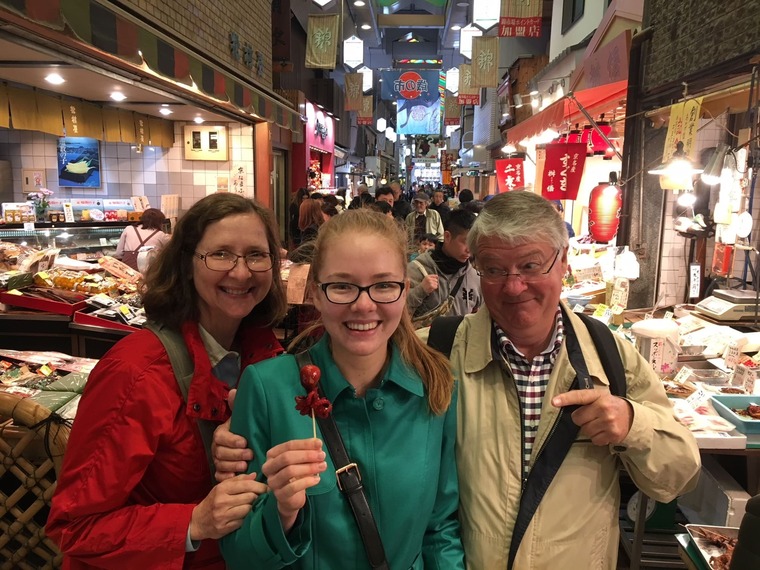
▶Kimono Experience
Kyoto is the best city to explore in kimono, Japanese traditional clothing. You can choose the one you like the most from several patterns and colors at the rental shop. In Kyoto, two locations are both accessible from the main tourist attractions which makes it easy to try it on and explore the city for a day!

Follow us on Instagram, Facebook and Twitter for more travel inspiration. Or tag us to get featured!
Happy traveling!
Other articles you might be interested in
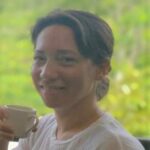
Stefanie Akkerman moved from the Netherlands to Japan in 2013 with her Japanese husband and son. She jumped into the niche of Dutch tour guiding in Tokyo and Kamakura in 2015 and occasionally writes articles about all the great sights and activities Japan has to offer. She loves (Japanese) food, and to work that all off she goes diving, snorkeling, cycling, or hiking.
This post may contain some affiliate links. When you click through and make a purchase we may receive some commission, at no extra cost to you.





